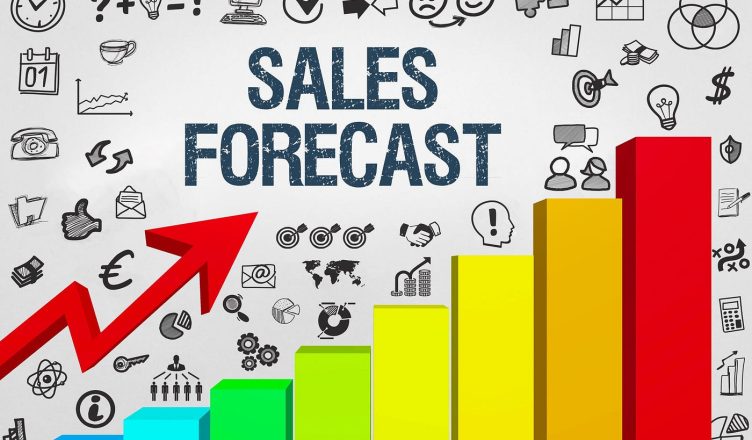To run a tight ship, you need accurate sales forecasts. Missed targets can waste valuable time and money that could have been put to better use.
Uncertainty can also come from external sources, such as changing laws that could impact your business negatively or positively. Statistical methods can be used to capture this uncertainty by putting confidence intervals around point estimates.
Use Regression Models
Regression models are a must-have for any analyst looking to answer specific questions about their sales data or understand what factors affect company performance. In simpler terms, regression analysis seeks to model the relationship between one dependent variable (like sales) and several independent variables (such as advertising spend, seasonality or economic indicators).
This provides business leaders with useful insights which help them make decisions based on strategic thinking rather than gut feeling. A good model acts like a compass guiding budget allocations, optimization of marketing campaigns and expansion plans hinged on prevailing market dynamics.
When starting out with evaluating your data sets, take stock of what you already have at hand. This may include internal records like customer databases and sales histories as well external ones like industry benchmarks or market research reports. You should build different models using all these points until you find the one that suits your objectives best.
Analyze Your Pipeline
Predictive sales pipeline analysis is an excellent way of improving revenue growth while optimizing revenue potential. Start by leveraging internal information such as CRM systems; marketing analytics; sales reports but do not forget to cast net wider outside walls through seeking insights such as surveys about purchase habits within your industry or general market trends that could further strengthen pipeline prediction accuracy.
If conversion rates at final stage in your cycle are disappointing low according pipeline analysis might disclose that tweaking marketing/sales techniques would greatly enhance deal closure rate leading achievement revenue targets.
Moreover it will assist you in setting realistic quotas for reps monitoring their progress against them.Most importantly slippages can be detected early enough when additional coverage required.
Look at Your Customers’ Reactions
Forecasting is part science, part art. It’s that simple: if you put garbage in, expect garbage out.
You need to review all available information for an accurate sales forecast. This might entail CRM data; industry feedback from customers or macroeconomic indicators that affect spending patterns among consumers.
Also ensure that are looking into such things like current market trends which may impact on your business through new products or revised marketing campaigns as well global happenings altering consumer behaviour.
Bringing together this data will help you come up with a more accurate forecast and keep the organization on track. Frontline sales leaders and team members should be involved in order to provide their insights which could offer alternative views for consideration during forecasting. They might notice shifts in buying habits or competitor strategies that should be included in predictions.All these being done actionable plan based on sales expected will keep organization focused.
Re-Forecast Regularly
In times of uncertainty, forecasts can give assurance and grounding needed by organizations impacting teams, customers and investors alike.
To give a precise forecast, one must consider every part of the business. This means using different data sets and getting insights from across marketing, operations and customer service. Each team has to contribute their unique perspective by watching out for red flags or trends others might miss.
The accuracy of a forecast can be measured in terms of how closely the predicted numbers match the actual outcomes, which is known as Forecast Accuracy. The more accurate it is the better it is. Companies may represent uncertainty by using probability distributions thus expanding on the expected sales range which enables them visualize best case scenarios, most likely cases and worst case scenarios in a more clear manner. Another useful tool for assessing uncertainty and volatility more accurately is Monte Carlo simulation which allows forecasters to do so.

